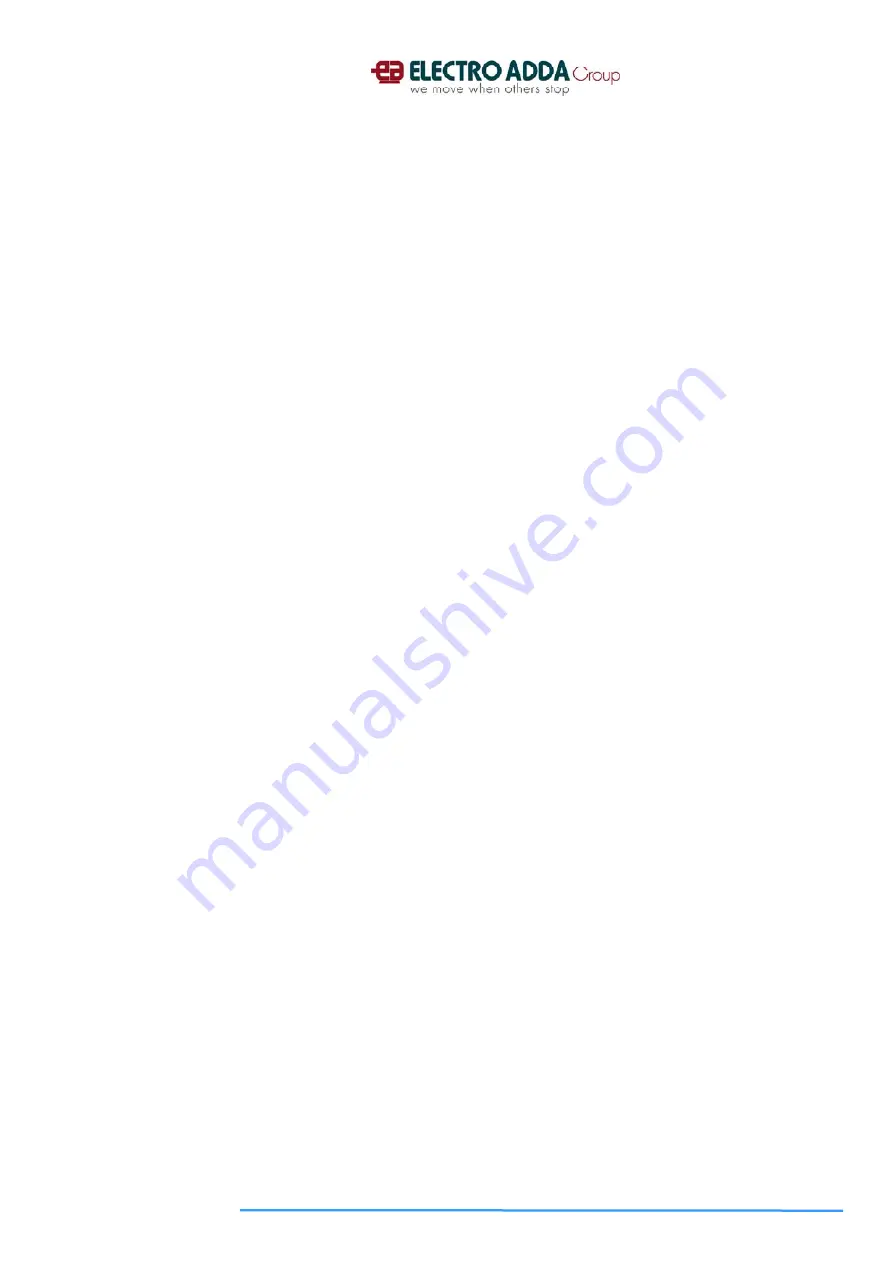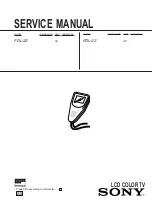
MM-13- rev 01-EN
25
GENERAL CLEANING
Cleaning the windings
When cleaning assembled machines, it is advisable to firstly remove by an efficient suction all dirt
that has accumulated.
Remove all grease with dry, soft cloths that do not leave threads, or using a brush with very flexible
bristles.
On completion of these operations, use compressed air to remove any waste still present.
During this operation, pay attention to prevent the jet of compressed air does not push the waste into
a corner from where extraction is difficult.
Pressure of the compressed air used must be lower than 2.5 bar.
Whenever the machine is too dirty to be cleaned using a brush or dry cloth, a liquid solvent can be
used, suitable for the insulating material used. This solvent must be non-toxic and non-inflammable,
be very volatile and have good solvent power on grease and oil but not on the resins of the insulation
system.
The cleaning operation using liquid solvent must be performed in a way that the solvent remains in
contact with the winding for the least time possible.
Windings cleaned using solvent must be dried using a jet of hot air before being powered. The time
required to obtain a satisfactory drying strongly depends on environmental conditions such as
temperature and humidity.
Windings cleaned using solvent, dry in approximately two hours at ambient temperature. The drying
process can be accelerated (about 1 hour) by raising the temperature by about 15°C or, alternatively,
by using forced-circulation dry air.
NOTES
The insulation resistance value is a useful indication for the evaluation of the humidity absorbed by the winding,
however it might not be indicative of the state of the insulation in the presence of solvents.
Before measuring the insulation resistance to evaluate the drying status sufficient for the application of voltage,
it is necessary to ensure that the winding is absolutely free from solvent.
The winding can also be cleaned using a light solution of water and detergent paying particular care and by
specialised staff. The pressure must be lower than 2 bar and temperature lower than 90°C.
To minimise the effect of the detergent solution on the winding protective insulating resin, it is advisable to use
a 1/60 solution in volume of water and detergent with low electric conductivity.
If a system that heats and distributes the pressurised solution is not available, spray the solution using a spray
gun, or use soft cloths, which do not leave threads, to apply the solution.
After cleaning with detergent, rinse the windings well, using water or low pressure steam.
Drying the windings
Humidity deteriorates the insulation resistance of the electric machines windings and must be
eliminated before the machine is used.
Therefore, if the machine is exposed to rain or in open environments with high humidity, it is
absolutely necessary to dry it well.
If generators are provided with an anti-condensation heating element, when the generator is not
powered, the anti-condensation heating element must be powered to prevent the formation of
condensate.
Appropriate provisions must be taken to prevent the heating element remaining powered when the
generator is operation. In this case, localised over-heating might occur which could damage
generator insulation.
NOTES
Independently of the method used to dry the windings, they must not exceed a temperature of 90°C,
measured for resistance, with thermometers or using thermal detectors.
If a heating method is used that involves the application of direct current to the winding, it is advisable not to
exceed a temperature of 80°C, measured as above.







































